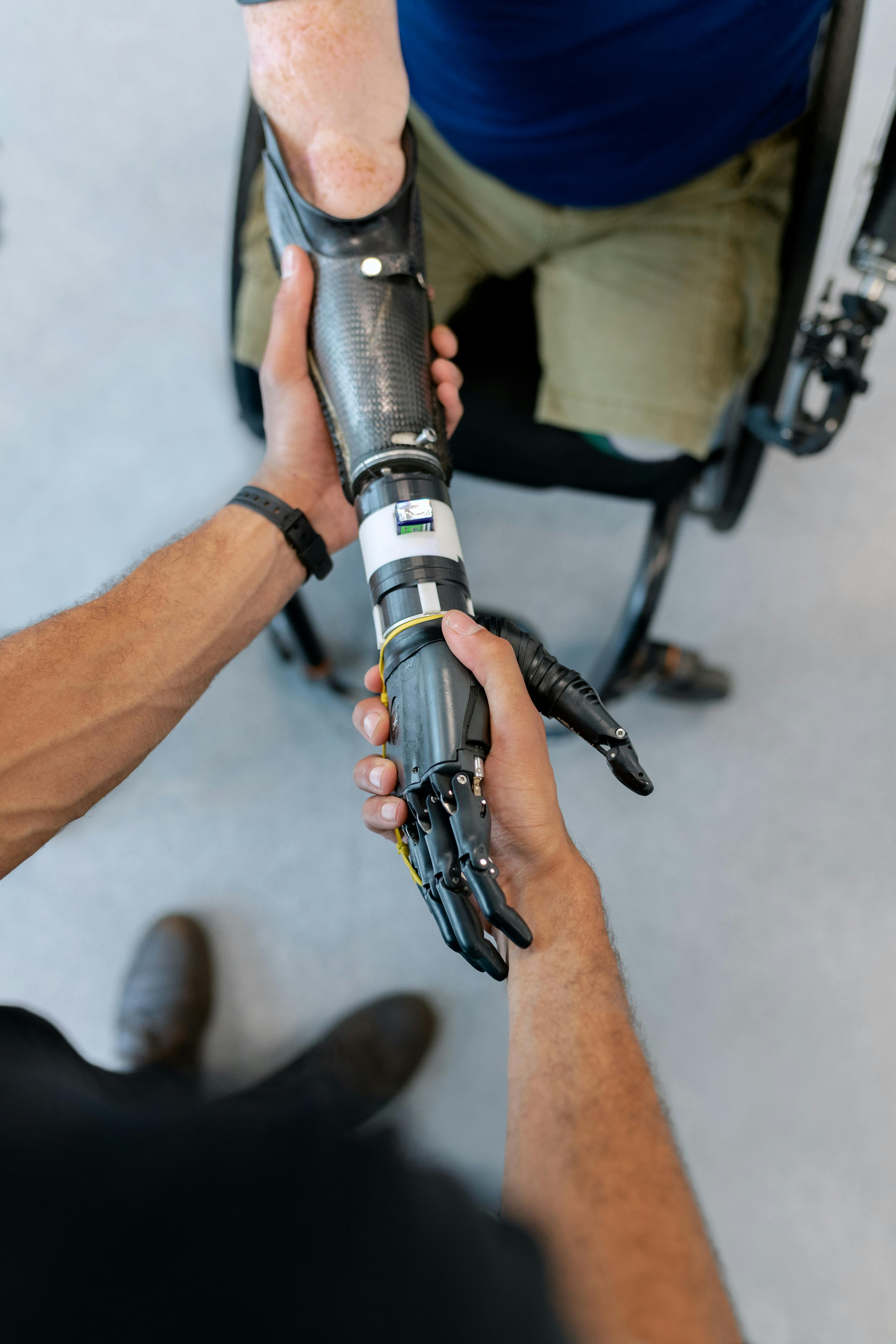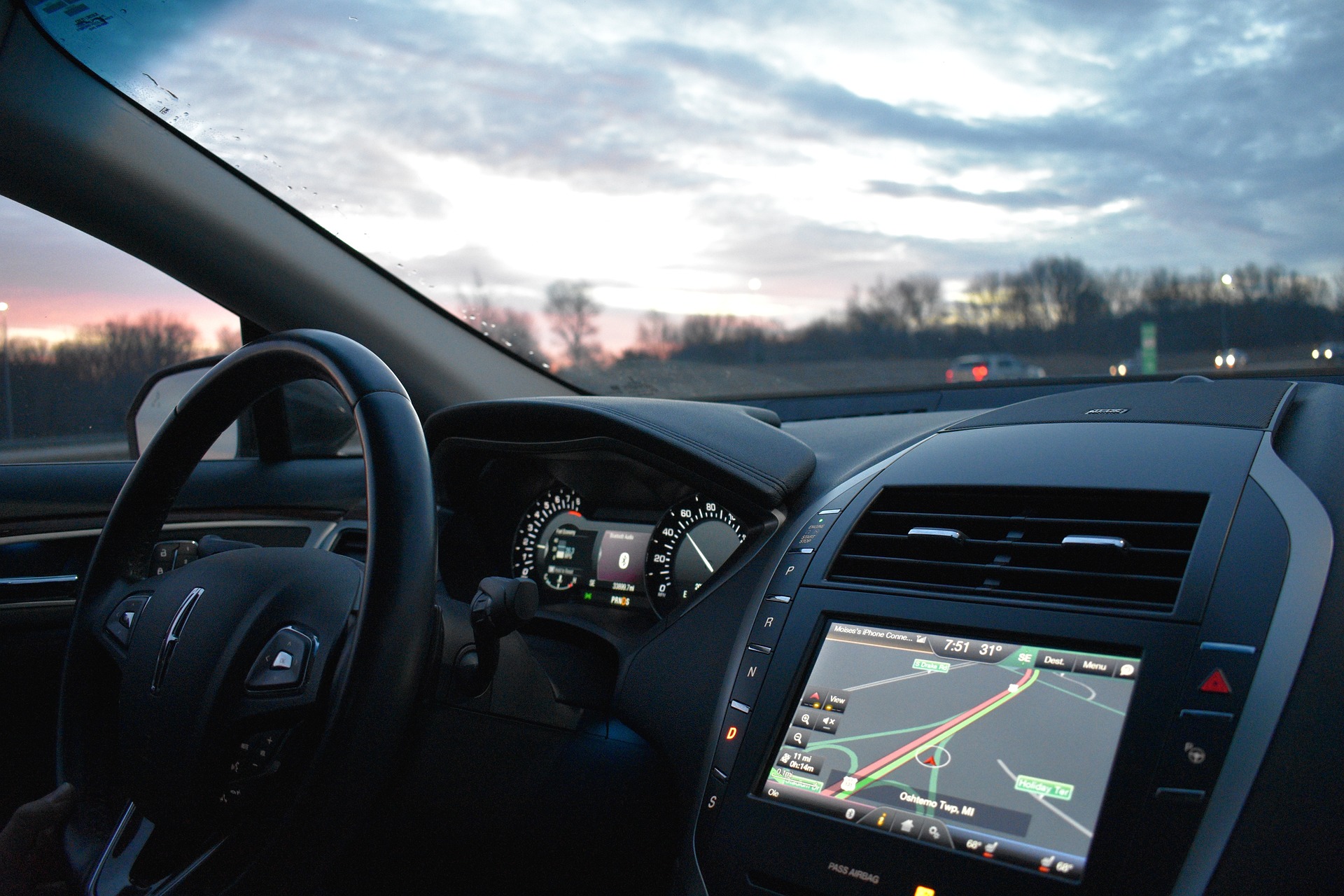The Dawn of Exoskeleton Technology: Moving Beyond the Realm of Science Fiction
The world of technology is ever-evolving, constantly pushing the boundaries and expanding our understanding of what is possible. One exciting area that has been steadily gaining traction is exoskeleton technology. Once considered the stuff of science fiction, exoskeletons are fast becoming a reality and are set to revolutionize our lives in ways we can't even begin to imagine.

The Genesis of Exoskeleton Technology
Exoskeleton technology, in the simplest of terms, is a wearable robotic system that augments human strength, endurance, and mobility. The concept of exoskeletons can be traced back to the 1960s when General Electric developed the first powered exoskeleton called Hardiman. However, it was too heavy and impractical for actual use.
Fast forward to the 21st century, and we have seen an explosion of advancements in robotics, materials engineering, and artificial intelligence, propelling exoskeleton technology to new heights. Today, exoskeletons are being used in various fields, from healthcare and military to construction and logistics, and are poised to become a common sight in the years to come.
Exoskeletons in Today’s World: Current Applications and Developments
Exoskeleton technology has become increasingly prevalent in recent years, particularly in sectors where physical labor is required. For instance, in the construction industry, exoskeletons are being used to help workers carry heavy loads, thus reducing the risk of injuries and enhancing productivity.
In healthcare, exoskeletons are proving to be a game-changer, especially in the field of rehabilitation. Companies like ReWalk Robotics have developed exoskeletons that enable individuals with spinal cord injuries to stand, walk, and even climb stairs.
More recently, the COVID-19 pandemic has accelerated interest in exoskeleton technology. In Italy, for example, an exoskeleton called the Sixth Finger was used to assist healthcare workers in lifting and moving patients.
The Future of Exoskeleton Technology: What’s on the Horizon?
The market for exoskeleton technology is growing rapidly. According to a report by BIS Research, the global exoskeleton market is expected to reach $4.65 billion by 2026. This growth is driven by the rising demand in healthcare, military, and industrial sectors.
One of the major developments in the pipeline is the integration of exoskeleton technology with the Internet of Things (IoT) and artificial intelligence. This will allow for more personalized and efficient use of exoskeletons, as the systems can learn and adapt to the user’s movements and needs.
Additionally, as battery technology continues to improve, we can expect to see lighter, more robust, and longer-lasting exoskeletons. This will make the technology more accessible and practical for everyday use.
The Impact of Exoskeleton Technology
While the potential benefits of exoskeleton technology are immense, it’s important to consider the societal and ethical implications. On the one hand, exoskeletons could significantly improve the quality of life for individuals with mobility impairments and reduce workplace injuries. On the other hand, there are concerns about job displacement, privacy issues, and the potential for misuse in military applications.
In conclusion, exoskeleton technology is on the cusp of a major breakthrough. While there are challenges to overcome, the potential benefits are too significant to ignore. As we stand on the precipice of this new era, it’s clear that exoskeleton technology is no longer a figment of science fiction—it’s here, and it’s transforming the world as we know it.





